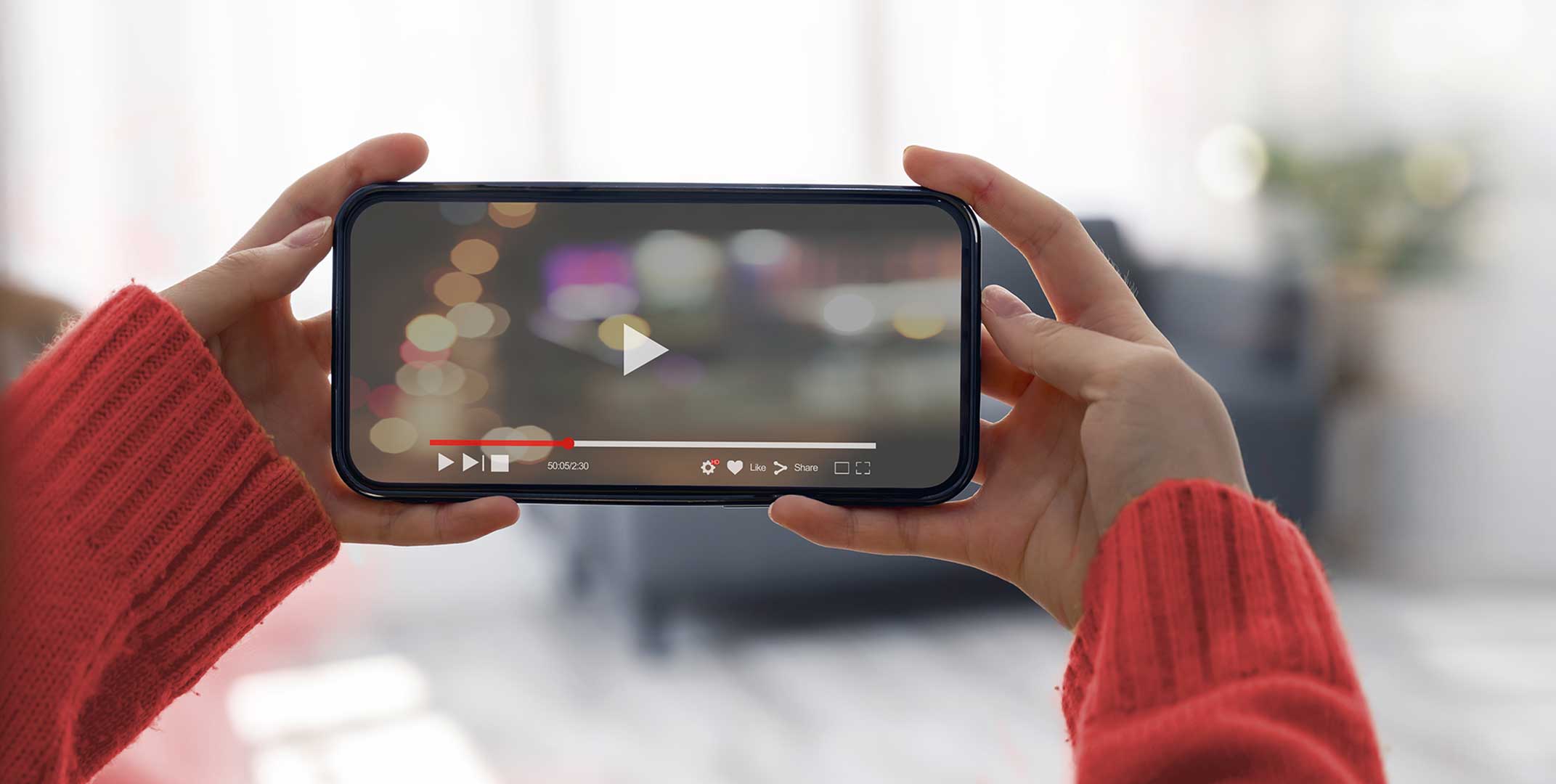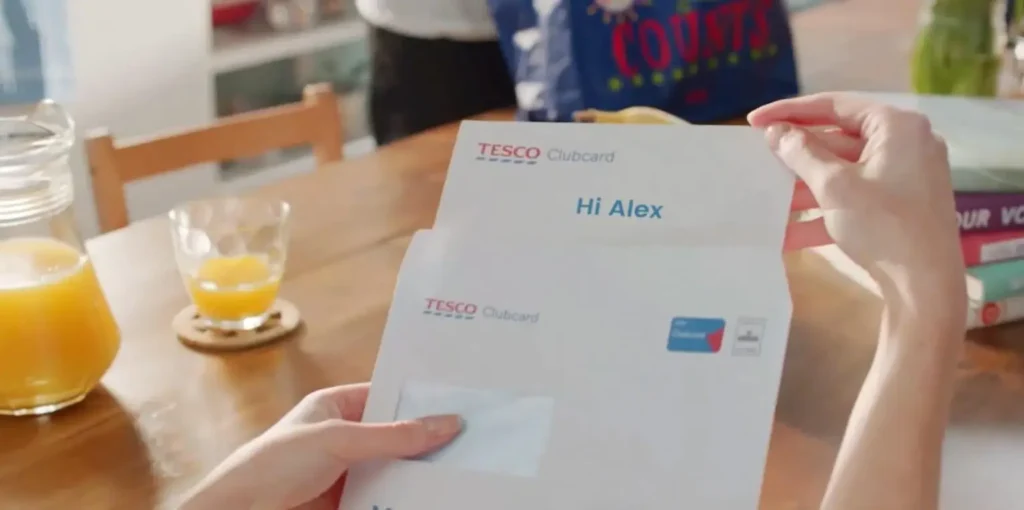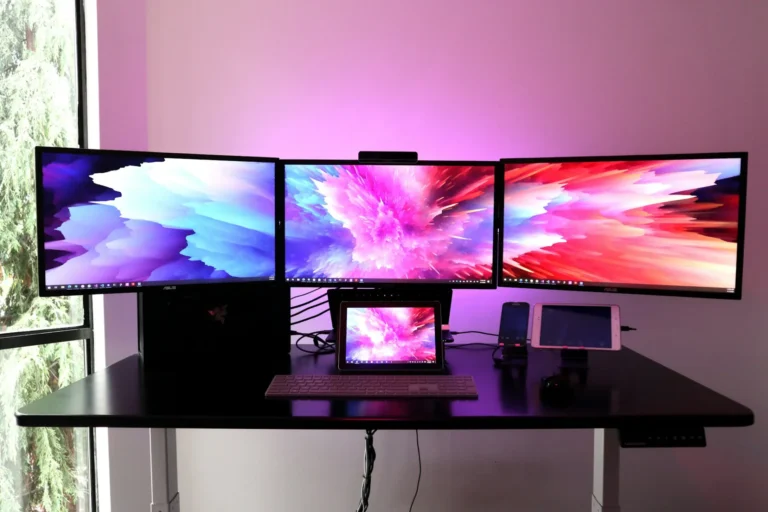What is video?
It’s clearly not just moving images. GIFs, invented back in 1987, have shown us that. Nor is it just audio with moving visuals. Otherwise, every Flash website of the late ’90s with autoplay music and dancing icons would be a video.
And even today, not every video-like graphical experience is necessarily video.
So what really is video, and why does it even matter?
That’s what we’re going to talk about today. Bring popcorn.
Video: A Definition
Here’s a brief definition of video, borrowed from Wikipedia:
Video is an electronic medium for the recording, copying, playback, broadcasting, and display of moving visual media.
That seems pretty straightforward, but what about something like Spotify Wrapped? We love a good year in review, but for all its merits, this viral annual campaign doesn’t technically use video. You’ll notice that if you ever try to download and share it.
If you want the litmus test for if something is video, it has to meet the criteria below:
- It should generally play on any video player, be it a browser, games engine or TV.
- It should be a widely used, industry standard format: MP4, WAV, AVI, MOV, etc.
- It’s a single file that can be compressed and decompressed with a video codec.
There are other files and file combinations that can look similar to video. In the early days of the internet, it was Flash. Now, it’s HTML and CSS or, even more recently, Lottie, a newer file format that uses JSON to animate vector graphics.
You might hear that not using video means you don’t have any rendering costs. And that’s true. If it’s not a video, there are zero rendering costs. Only videos require video generation.
But when you skip the video format, what are you missing? That’s what we’re here to talk about.
Benefits of Video
So why does it matter if the thing you’re watching is video or not? Why hasn’t Hollywood switched from movies to some other file format? For that matter, why haven’t we? (Hey, we may not be making blockbusters, but we do have an Emmy-winning creative team.)
There are 4 main things to consider when it comes to the benefits of real video over “video” made with code. We’ll cover each one in-depth below.
Benefits of Video
creative freedom
security
sharing
self-serve
1. Guaranteed Quality and More Creative Flexibility
First off, there’s the issue of quality. Video gives you the most creative freedom and guarantees the end user will see the highest quality visuals at the highest resolution.
“Video” made with HTML and CSS means it’s essentially moving graphics, but there’s a lot you can’t do from a creative standpoint. For example:
- No blur or motion blur
- No distortion to track elements onto perspective surfaces
- Limited masking
- Audio generally pre-rendered music and voiceover
And while you can have animations do lots of different things, if you want live-action footage — which consumers are 2x more likely to prefer in brand videos — it’s best to use actual video. When you need to include real video streams inside a “video” made with code, it requires at least 2 streams of video, meaning the time-to-view takes twice as long.
Post on
The issue of quality is even more important when video is personalized. For example, our platform allows dynamic elements to become part of the scene. That’s why the actor in the video clip below is walking in front of the personalized license plate. That personalized data point, added after the scene was shot, looks like it’s really part of the car. Try adding personalization to footage with code, and “CL4R3” would float on top.
Alternatively, if you use a moving shot, without motion blur support, the dynamic graphic won’t look like it’s part of the shot.
2. Higher Security for Data-Driven Video
The second benefit of video is security.
We take data security and privacy very seriously with every dynamic video we create. With our videos, the customer data is encoded directly into the video. The video is encoded on the server side so the personal data is handled in a safe zone and doesn’t transfer as plain text over the internet to the end user.
But with rich media that isn’t video, customer data has to reach the client device, where it can easily be manipulated or stolen. Some providers will add personalization to video using a plain-text overlay with HTML, making the data even more liable to being compromised.
Post on
This means a hacker could not only access the data but alter it. That could include changing the terms of a personalized offer or switching the link in an Interactive Video from a brand’s homepage to a phishing website.
One thing we all know about HTML — it’s easy to hack.
3. Compatibility and Ease of Sharing
Then there’s the fact that video is supported everywhere. You can download and play it, and it will always show the same thing, even if you’re offline.
This goes back to the guaranteed quality point above about browser compatibility, but more important is the ability to download the file for sharing.
When Activision created their incredible Call of Duty “Warzone Legacy” campaign for millions of gamers, each player was able to download their Personalized Video with a simple click. That MP4 was then ready to share across social media, messaging, email or anywhere else.
That’s part of why the #MyWarzoneLegacy campaign was so successful, reaching nearly 100 countries, wracking up millions of views and becoming one of the top trending hashtags shortly after launch. It was easy to share instantaneously — and players wanted to post about their one-of-a-kind video.
If you want to download an HTML and CSS “video” to share on social, you simply can’t.
Post on
4. A Self-Serve Approach for Brands
Lastly — and this will be either most or least important to you, depending on your organization — it’s really hard to have a self-serve model for creating videos without using the video format.
HTML, combined with CSS, is powerful. You can do anything with it. But it’s difficult for external studios or marketing teams to work with code in a process that involves multiple steps as it tries (and largely fails) to replicate video. Each project would be like developing a new application with that level of expertise, time and resources needed.
Contrast that with our self-serve, intuitive video platform. All you need to do is upload video assets, connect your data, define the logic (who sees what) and go, no coding required.
This is essential for many organizations we work with. They can create their own campaigns from start to finish to keep costs down. They don’t have a staff of developers able to work on custom apps to look like video. They just… use video. But even when production is done in our studio, our plugin exports everything needed from After Effects to guarantee faster turnaround — like when we scripted, produced and rendered millions of Personalized Videos in 13 languages for Epic Games, all in two weeks.
The Takeaway: Use Real Video When You Need Video
Not every animation is video or should be video. Animating a graphic for a header on your web page? Creating a short visualization of data for your app? That’s exactly when code works best.
But if you need to communicate information-dense content, if you want something that looks like video, then it’s pretty simple. You need video — industry standard, broadly supported, secure video. There’s no way around.
Of course, video can still be interactive and data-driven. Just because it’s video, a file format we’ve used for decades, doesn’t mean it hasn’t evolved. If you’re curious to learn more, let’s talk.






